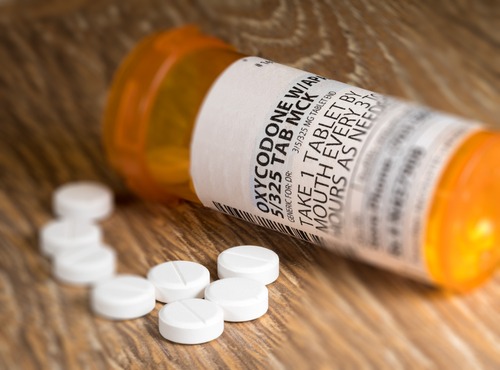
A recent report from the IQVIA Institute for Human Data Science finds that prescription use of opioids has fallen 60 percent since its peak in 2011.
Changes in clinical use, regulatory and reimbursement policies, and progressively more restrictive legislation have led to the reduced use, the study said. In 2020, prescription opioid use dropped another 17 percent to levels not seen since the early 2000s.
“These significant decreases are evidence of the positive impact of the collective efforts to reduce the use of prescription opioids by the medical community, public health authorities, and legislators at the state and federal levels,” said Haiden Huskamp, a professor of health care policy in the Department of Health Care Policy at Harvard Medical School. “Reducing the overuse and misuse of prescription opioids continues to be an important public health priority both during the COVID-19 pandemic and beyond.”
By measuring morphine milligram equivalents (MME), the study found that prescription opioid use is declining rapidly. Only 100 billion MMEs were expected to be dispensed in 2020, a 17.1 percent decline from 2019, and a 60 percent decline from the 246 billion MMEs dispensed at the peak of opioid prescribing in 2011.
The drop in use between 2019 and 2020 marks the ninth year in a row the country has seen double-digit declines, researchers said.
However, opioid prescriptions seem to be on the increase in those with Medicare Part D. The study found that Medicare Part D prescriptions have increased from 53 million prescriptions in 2011 to 54 million prescriptions in 2019. Mostly, the researchers said, this was due to the increase in the over 65 population. However, the study found the number of Medicare prescriptions in 2019 was much lower than it was at its peak in 2014, 66 million, representing a 17 percent decrease.
And opioid prescriptions have decreased in terms of their doses, as well. Researchers found that prescriptions for opioid doses equivalent to more than 90 MMEs per day fell about 70 percent between 2011 and 2019. Additionally, those high dosage prescriptions fell from about 52 percent of all opioid prescriptions in 2011 to 32 percent in 2019. Research indicates that the risks associated with abuse of and addiction to prescription opioids increases with opioid exposure and the greatest risks are seen in those patients receiving 90 or more MMEs per day.
At the beginning of the opioid age, in 1992, prescription opioid use was approximately 16 pills or 134 MMEs per American adult. That rate rose to a peak of 55 pills or 790 MMEs in 2011. Researchers estimated that in 2019, the rate has since fallen 54 percent to 29 pills and 366 MMEs per capita, returning to the levels seen in 2002.
“We will continue to monitor the course of the opioid epidemic,” said Murray Aitken, IQVIA senior vice president and executive director of the IQVIA Institute for Human Data Science. “The burden of the epidemic varies from state to state and is also very dependent on the different strategies and interventions taken by the individual states. As an example, the use of medication-assisted treatment, which was disrupted in 2020 due to COVID-19, remains highly variable across states. Continued research efforts are very important to learn from the impact of the different strategies states are undertaking to curb the opioid epidemic.”
The report said that every state in the country saw a decline in prescription opioid MME per capita in 2019. At the head of the pack, Alaska and Washington, D.C. had the largest declines at 29 percent and 28 percent respectively. At the bottom of the list, Maine and Kentucky had the smallest declines at 10 percent each.
Of the states with the highest use of prescription opioids in 2011, Oregon and West Virginia made the most progress dropping from 8th and 6th highest in the country (respectively) to 25th and 24th based on their 2019 use.
The report also looked at the tendency to co-prescribe a benzodiazepine with opioids in the elderly population. Researchers said that nearly 1.2 million Americans over 65 are receiving the drug combination, which puts them at higher risk of abuse and/or death. While the number has fallen from about 1.7 million in 2016, the number of seniors using prescription opioids, benzodiazepines, or a combination of the two is around 18 million seniors, or about 30 percent of the 59.4 million Americans on those drugs.




